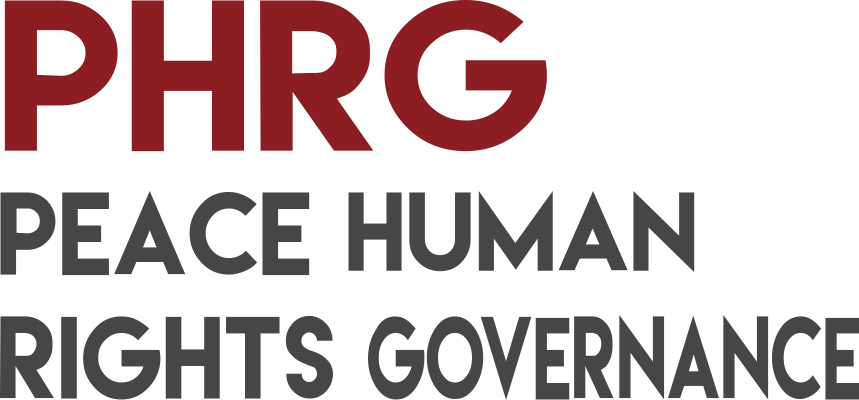Abstract
This article analyses the human rights dimension of security as a prerequisite for designing a comprehensive cybersecurity framework. As a result of “securitisation” of this field, there has been a prevailing image of the need to sacrifice freedoms for the objective of national security – with the right to privacy being among the most contested rights in the cyberspace. compromised accounts, phishing, internet blocking, filtering, censorship practices, information gathering, excessive electronic surveillance with facial software, data collection and profiling – these are some of the practices with potential for infringing on this right. But risks in the cyberspace are not experienced evenly by everyone. Human rights defenders, journalist, activist, minority and marginalised groups are particularly at risk. They have been intentionally on a larger scale and with far-reaching consequences not only for their digital but often physical and psychosocial security. The conclusion will reason that there is a need for more safeguards as countervailing measures against possible human rights violations. Efficient translation of human rights standards into the cyberspace realm needs to be ensured together with greater regulation and accountability. Beyond creating adequate legal and regulatory protection, building necessary awareness and skills for digital security is a measure of key importance.
Download
Pavlova P. (2020) "Human Rights-based Approach to Cybersecurity: Addressing the Security Risks of Targeted Groups
", Peace Human Rights Governance, 4(3), 391-418. DOI: 10.14658/PUPJ-PHRG-2020-3-4
Year of Publication
2020
Journal
Peace Human Rights Governance
Volume
4
Issue Number
3
Start Page
391
Last Page
418
Date Published
11/2020
ISSN Number
2532-3474
Serial Article Number
4
DOI
10.14658/PUPJ-PHRG-2020-3-4
Section
Articles

 © 2025 Padova University Press - Università degli Studi di Padova
© 2025 Padova University Press - Università degli Studi di Padova